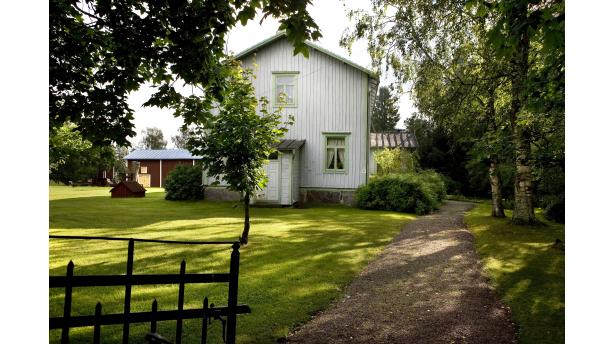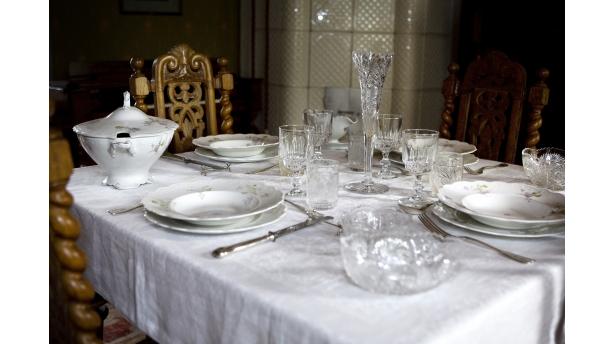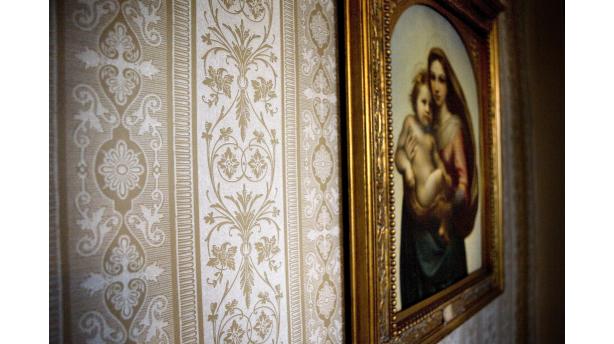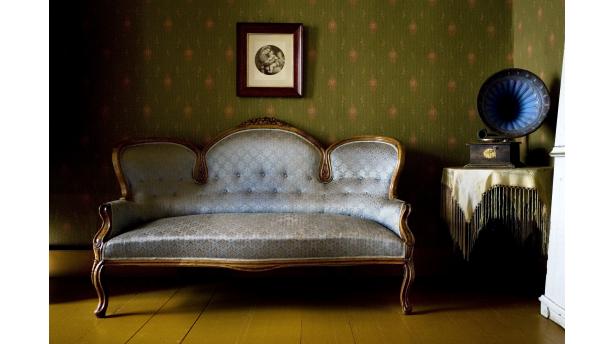Museum A-Ö » Religion and society » Korsnäs Vicarage Museum
Korsnäs Vicarage Museum




Did you know...
There is a school museum in the attic, which illuminates the middle school teaching practiced by vicar Sigurd Öhrberg in the 1930s.
The vicarage dating back to the 1830s has been preserved in the style of the early 20th century. The elegant rooms have been furnished with furniture typical for the period and for vicarages, and the garden creates a park-like atmosphere.
In the Vicarage Museum the visitor gets to see, how an Ostrobothnian ministerial family lived at the end of the 19th century. The Vicarage Museum is one of the two of this kind of special museums in Finland. The interior represents a ministerial home of the period with its original tile stoves from the 1890s. The walls have been papered with newly printed wallpapers modeled on the old Korsnäs patterns.The vicarage was built in 1831-32 at the same time as the Korsnäs church designed by Carl Ludvig Engel. The parsonage functioned as the vicar’s apartment up to 1967. It was built according to the so called mansion model, which means that it had a large drawing room and an oblong vestibule in the middle, two chambers in one end and a kitchen in the other end. The vicarage was enlarged and elongated in the 1890s by 11 m, and a new main entrance was added to it. The room height of the old part was increased, so that all the rooms were made 3,5 m high.
Vicarages used to be in the old times kind of unofficial guesthouses, where travelers belonging to the upper class overnighted. Therefore in a vicarage used to be at least one guestroom, which was called The Bishop’s Room according to an old tradition. The Bishop’s Room in the Korsnäs vicarage is furnished in the neo-renaissance style.
For the information of those interested in furniture and style history: the furniture of the vicarage museum consists of so called repetition styles i.e. late empire, neo-rococo, neo-renaissance and neo-baroque, which were popular in the latter half of the 19th century. Everything in the drawing room from the furniture and the curtain rails all the way to the corner shelves has been styled with consideration and diligence. Some of the furniture has been received as donations from the ministerial families that joined the locality, and some has been deeded over by among others the Ostrobothnian Museum.
This year (2022), the museum activities in Korsnäs vicarage museum celebrate its 40th anniversary. 19.6 old-fashioned service will be arranged at 11.00-12.00 in the museum area, 12.00-14.00 food service outdoors and anniversary seminar at 14.00 with Professor Nils Erik Villstrand as a speaker. 5-7.8 summer theater in the museum area about chaplain Gabriel Kalm and his son Pehr Kalm.



